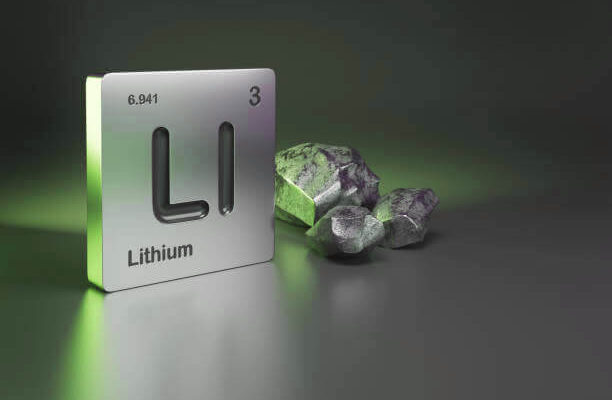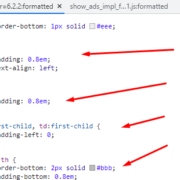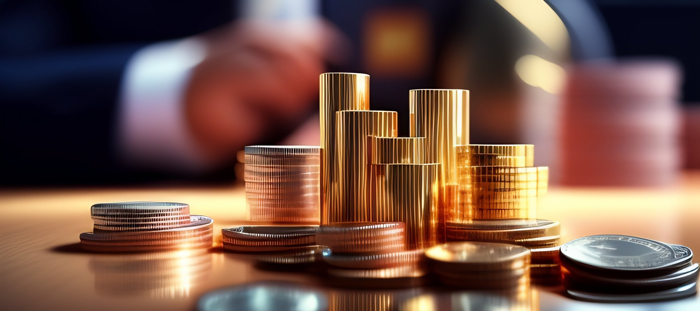Lithium: The Lightest and Most Versatile Metal on Earth
Lithium is a chemical element with the symbol Li and atomic number 3. It is the lightest metal and the lightest solid element. It has a valency of 1, meaning it can form compounds with one other atom. It is also highly reactive and flammable, and must be stored in mineral oil.
It has many uses in various industries and applications. Some of the most common ones are:
Batteries
It is a key component of lithium-ion batteries, which power many devices such as smartphones, laptops, electric vehicles, and more. Lithium-ion batteries have high energy density, long lifespan, and low self-discharge rate. It is also used in primary batteries, such as lithium-thionyl chloride and lithium-manganese dioxide, which have high voltage and long shelf life.
Medicine
It is used as a mood stabilizer for treating bipolar disorder and other mental illnesses. Lithium salts, such as lithium carbonate and lithium citrate, can help regulate the levels of neurotransmitters in the brain and prevent episodes of mania and depression. It can also treat some other conditions, such as cluster headaches, Alzheimer’s disease, and thyroid disorders.
Metallurgy
It is used as an alloying agent to improve the strength, hardness, and corrosion resistance of metals such as aluminum, copper, magnesium, and nickel. It is also used as a flux to lower the melting point of metals and facilitate welding and soldering. It can also reduce the weight and increase the performance of aerospace materials.
Glass and ceramics
It is used as an additive to produce glass and ceramics with low thermal expansion and high strength. It can also enhance the color and brightness of glazes and enamels. It is also used to make special glasses, such as lithium disilicate and lithium aluminosilicate, which have high refractive index and low dispersion.
Grease
It is used to make lithium grease, which is a type of lubricant that can withstand high temperatures and pressures. Lithium grease is widely used in automotive, industrial, marine, and aerospace applications. Lithium grease can reduce friction, wear, and corrosion of metal parts.
It is a rare and valuable metal that is not evenly distributed on Earth. Most of the world’s lithium reserves are found in a region known as the lithium triangle, which covers parts of Argentina, Bolivia, and Chile. These countries have large salt flats that contain high concentrations of lithium brine, which can be extracted by pumping water into wells and evaporating the solution.
According to the US Geological Survey (USGS), the global lithium reserves were estimated at 21 million tonnes in 2020. The top five countries by reserves were:
- Australia: 6.3 million tonnes
- Chile: 5.5 million tonnes
- China: 4.5 million tonnes
- Argentina: 2 million tonnes
- Bolivia: 0.9 million tonnes
The global production was estimated at 82 thousand tonnes in 2020. The top five countries by production were:
- Australia: 40 thousand tonnes
- Chile: 18 thousand tonnes
- China: 10 thousand tonnes
- Argentina: 6 thousand tonnes
- Zimbabwe: 1.6 thousand tonnes
The global demand was estimated at 93 thousand tonnes in 2021, a 33% increase from 70 thousand tonnes in 2020. The main drivers of it’s demand were batteries (65%), ceramics and glass (18%), lubricating greases (5%), metallurgy (3%), and others (9%).
The global lithium price was highly volatile in 2021, ranging from $7,000 to $26,200 per tonne of lithium carbonate equivalent (LCE). The main factors affecting the lithium price were supply-demand balance, environm
It is a vital metal for the modern world, as it enables many technologies that improve our lives and protect our environment. However, It also faces many challenges, such as resource depletion, environmental impact, social conflict, price fluctuation, and competition from other energy sources. Therefore, it is important to use lithium wisely and sustainably.
The report by the Office of the Chief Economist in Australia projected that the global supply will fall short of the global demand by about 3% in 2023, as more countries switch to electric vehicles and the production fails to keep up. The report estimated that the global demand for lithium will be 989,000 metric tons of lithium carbonate equivalent in 2023, while the global supply will be 964,000 metric tons. The imbalance between demand and supply will persist until 2027, when the supply will overtake the demand, according to the report. The global demand for it will increase twofold by 2028 to over 2 million metric tons from the 2023 level, with Asia being the largest consumer, followed by Europe and the US.
The main factor driving it’s demand is the battery sector, which accounted for nearly 80% of all lithium consumption in 2022, according to the OCE. This share will rise to 90% by 2028, as electric vehicles gain more market share in the global passenger car market, due to lower prices and higher performance.
On the supply side, the global production is expected to increase to 2.1 million metric tons in 2028, with most of the growth coming from Australia, Chile and Argentina, according to the report. Other countries such as China, Brazil and Canada will also contribute to the supply growth. Australia will remain the largest producer, with around 32% of the global lithium carbonate equivalent production by 2027-28. In 2022-23, Australia’s lithium production will grow by around 30% year on year, according to the OCE.
It’s prices worldwide have reached their peak and will decline to more stable levels in the coming years, according to the agency. “Spot prices for lithium commodities have softened since the beginning of the year, after hitting record highs at the end of last year,” the OCE said. Platts, part of S&P Global Commodity Insights, assessed lithium hydroxide CIF North Asia at a 13-month low of $62,500/mt on April 4, down from an all-time high of $84,700 mt in November.Spot prices have continued to influence long-term contracts, with Australian producers reporting that spot prices now reflect more quickly in contract prices, according to the agency.“Over the next two years, as new spodumene suppliers enter the market, [spodumene] prices are expected to fall to more sustainable levels – around $1,700[/mt] in 2025,” the OCE said.The OCE said it expects lithium hydroxide prices to increase from $44,090/mt in 2022 to $61,520/mt in 2023, but then decrease to $36,220/mt by 2028.
Related Links:
























Keep up the amazing work!